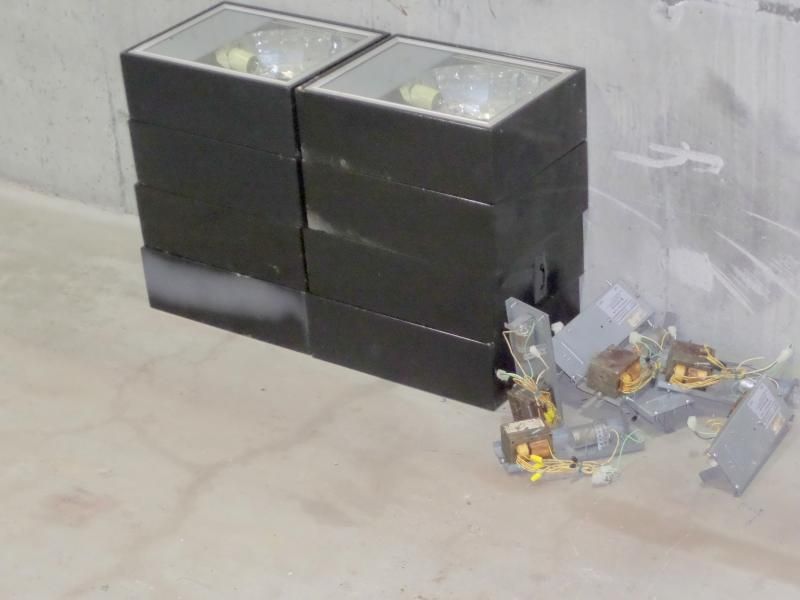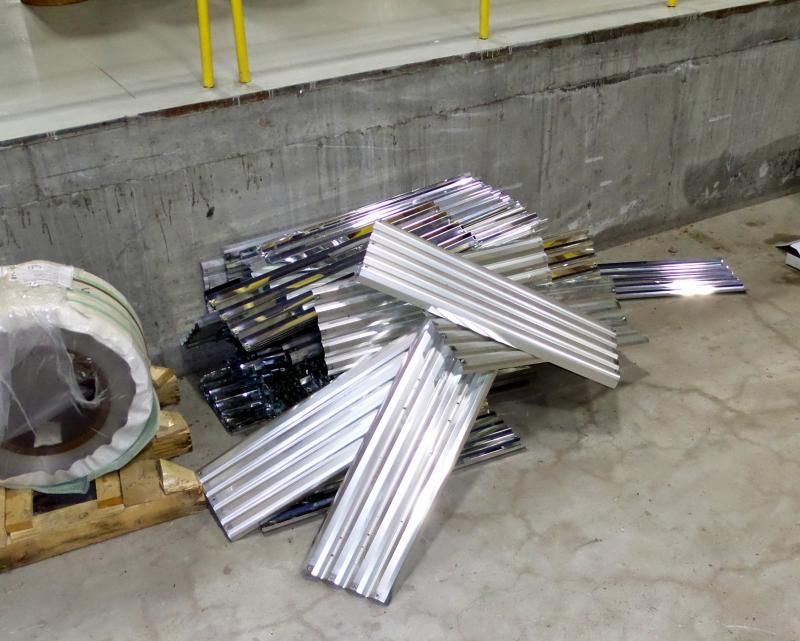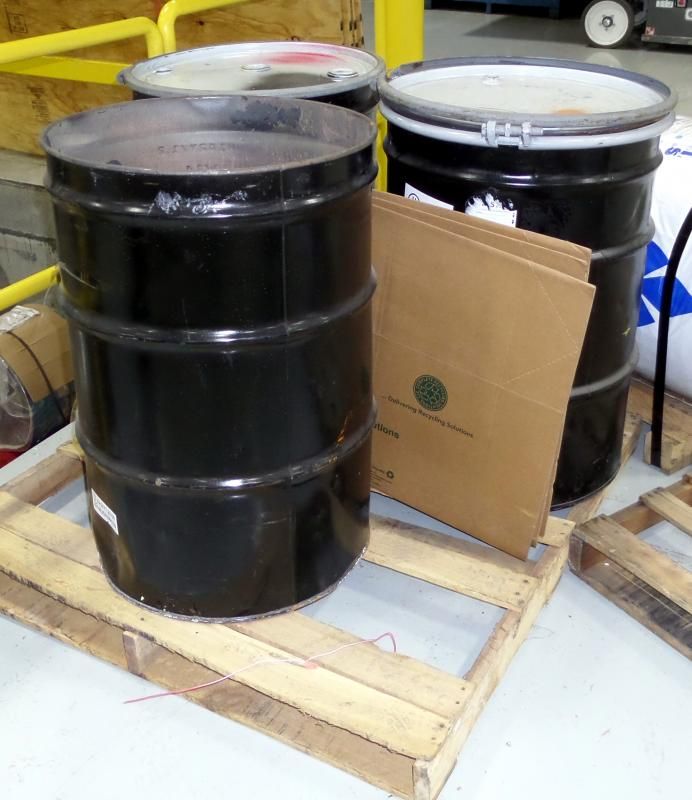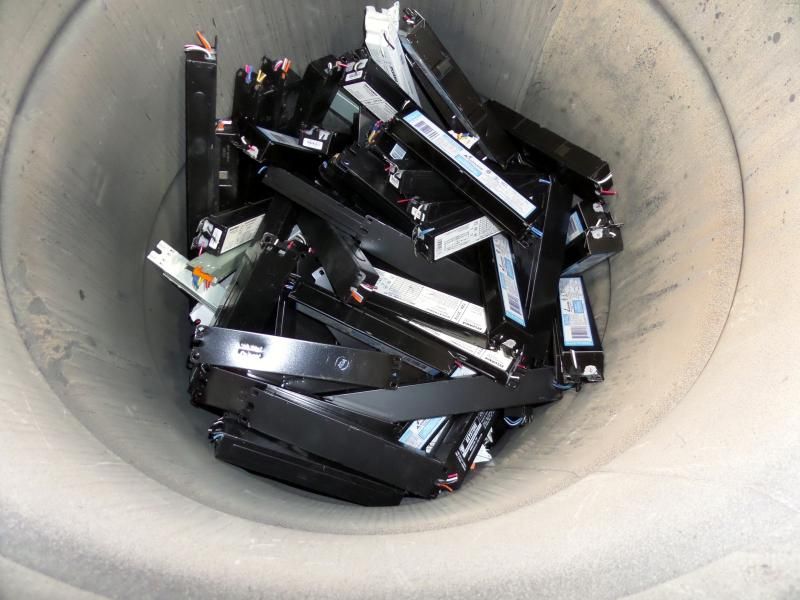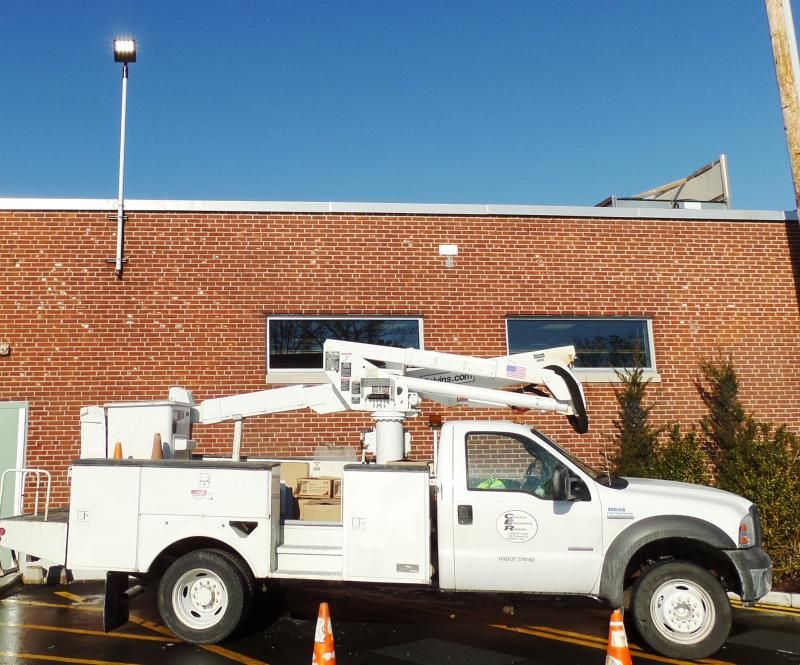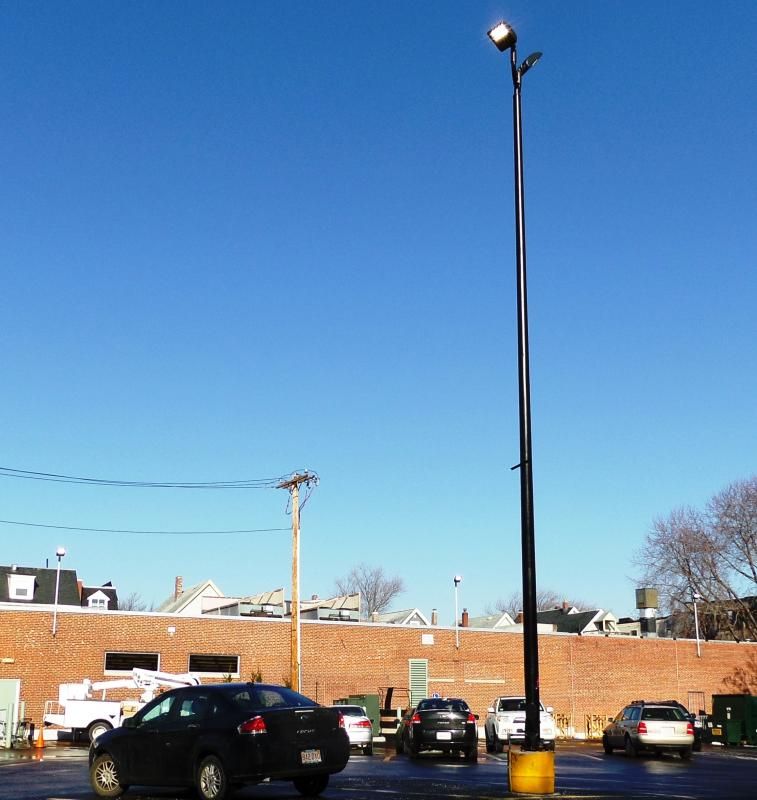- Location
- Massachusetts
And in with glorious LEDs. 
Removing about 75 of these 10 lamp (2x5) T5 HO fixtures.
These are 50 pounds each with the bracket that holds them together. At some point someone added motion sensors.
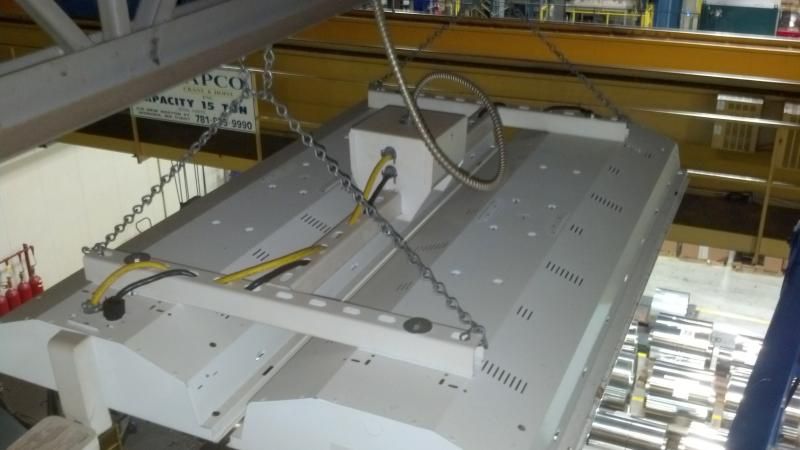
By my rough estimate a 614 watt fixture is being replaced with a 360 watt fixture. The workers say the new fixtures are substantially brighter.
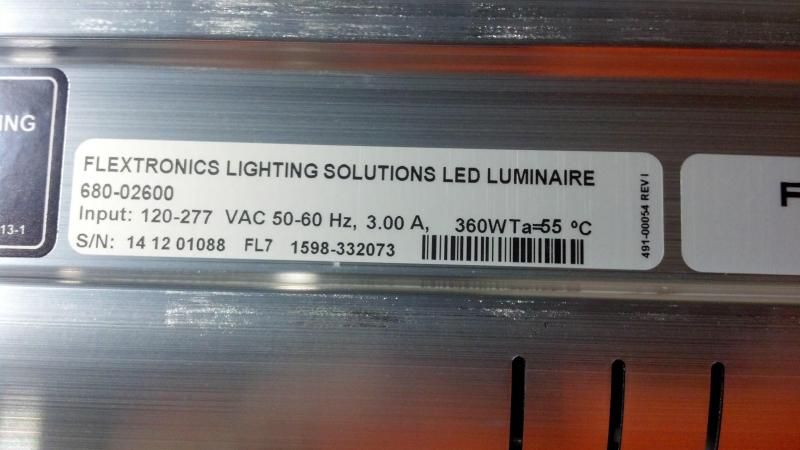
We are also replacing site lights and office lights. We have to package up all the hazardous waste for disposal.
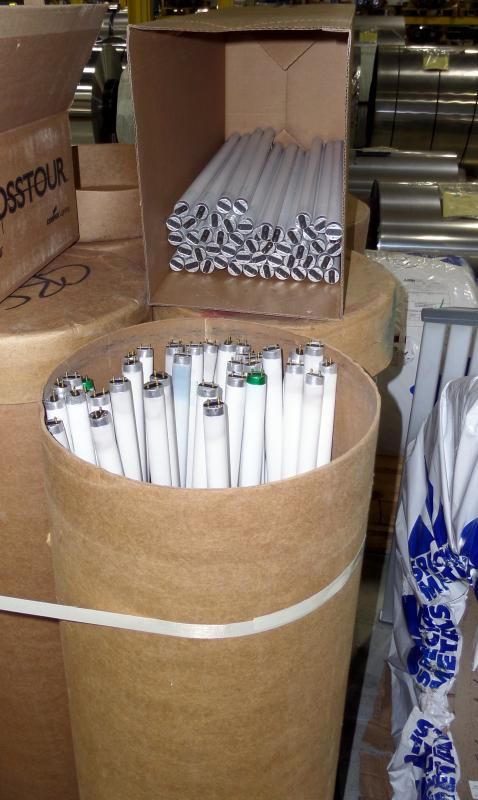
Kidding aside it does get broken down for recycling.
Steel
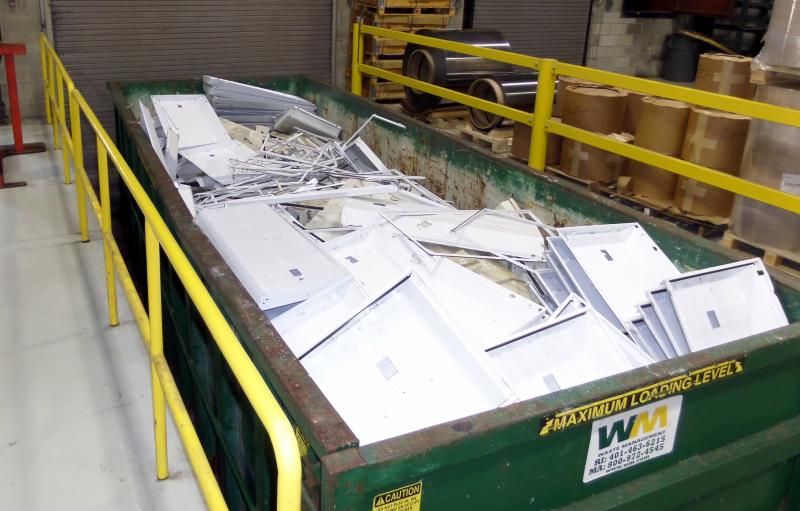
Copper
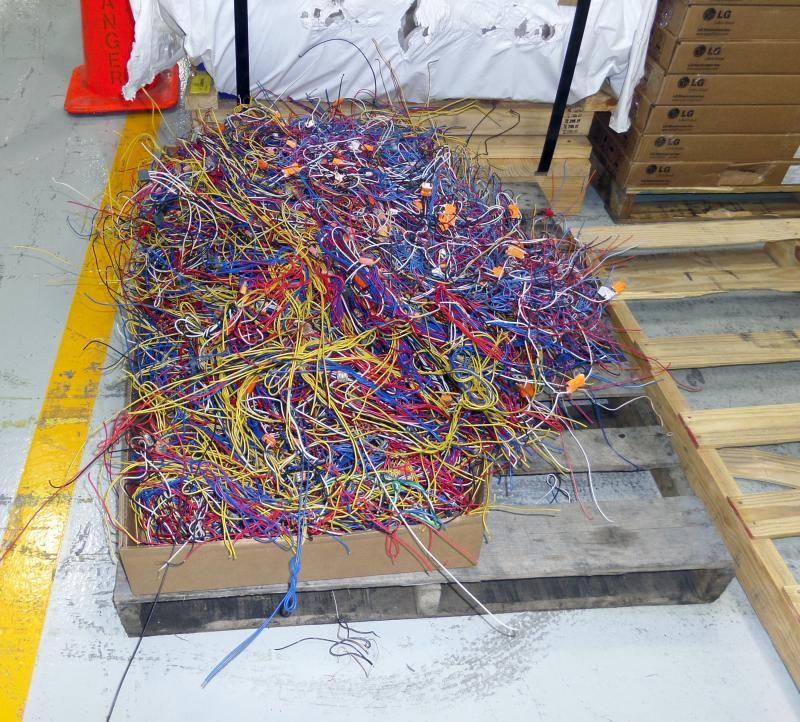
A disassembly area
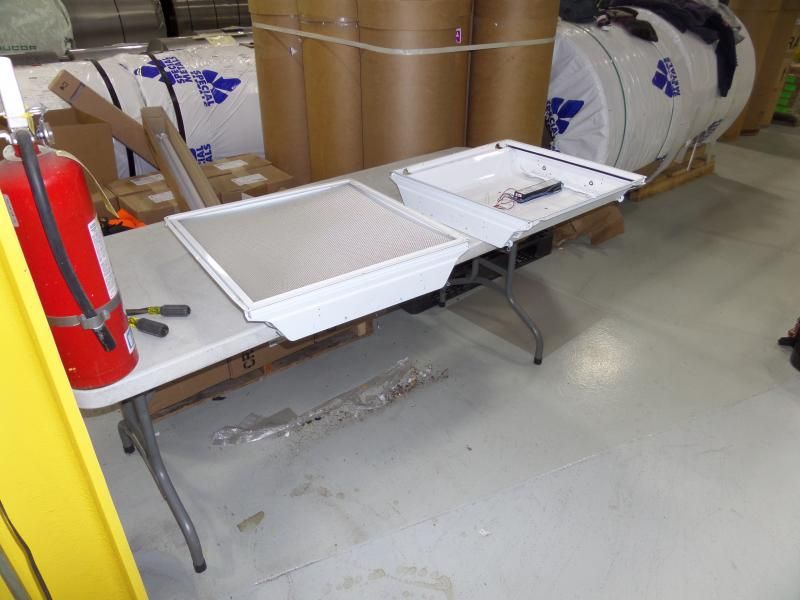
Removing about 75 of these 10 lamp (2x5) T5 HO fixtures.
These are 50 pounds each with the bracket that holds them together. At some point someone added motion sensors.

By my rough estimate a 614 watt fixture is being replaced with a 360 watt fixture. The workers say the new fixtures are substantially brighter.

We are also replacing site lights and office lights. We have to package up all the hazardous waste for disposal.

Kidding aside it does get broken down for recycling.
Steel

Copper

A disassembly area



